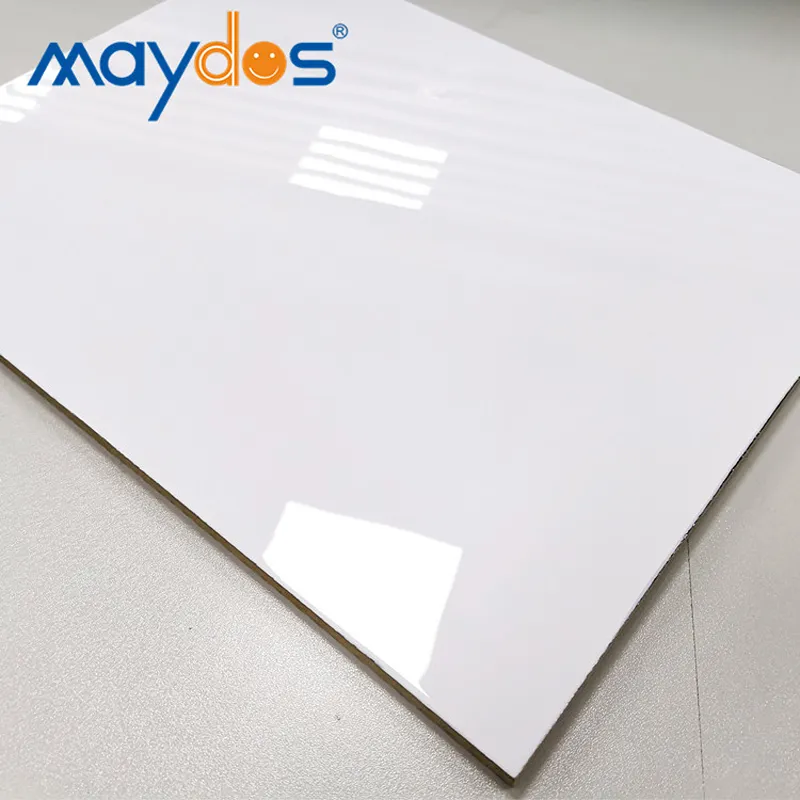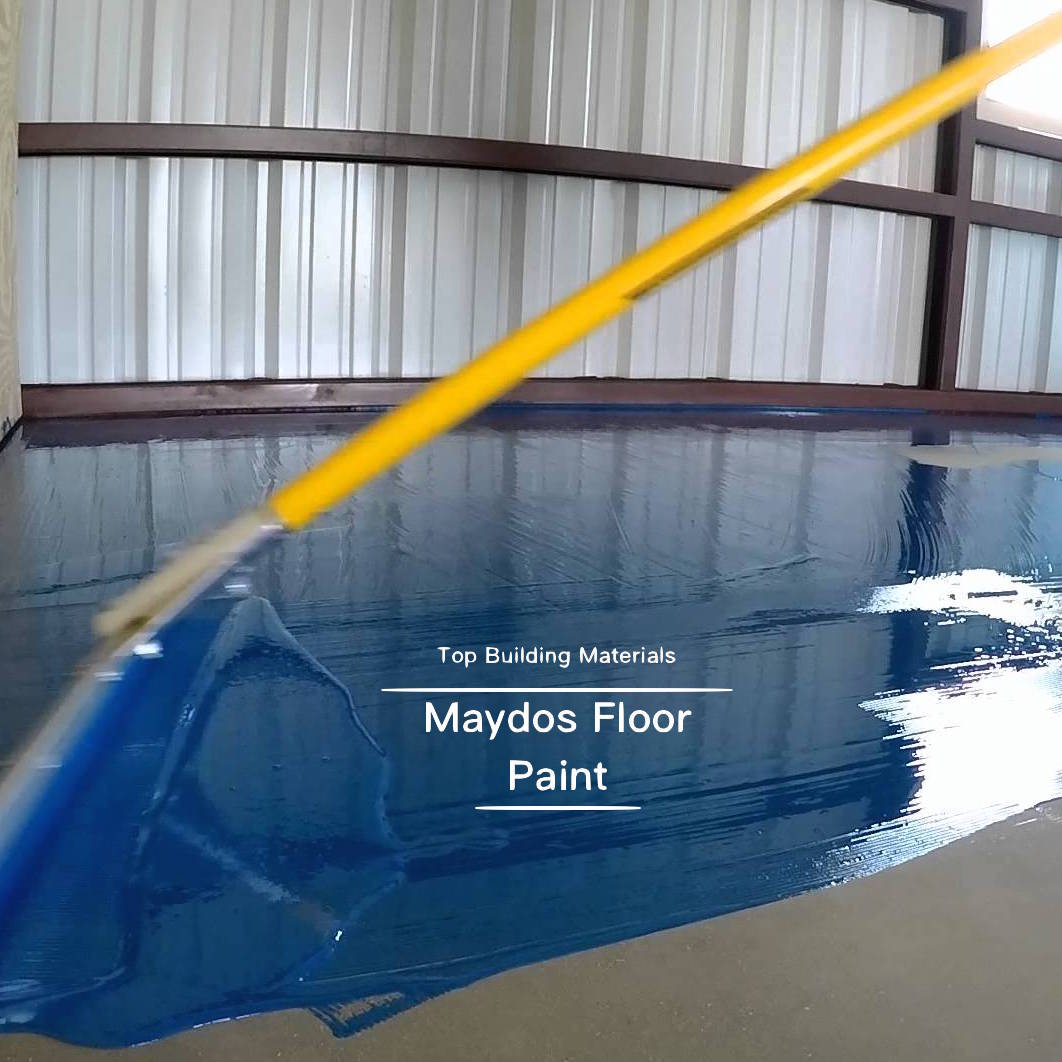Glue Adhesive
Glue is any non-metallic substance that binds materials together. Typical glues are polymers, which are large molecules made of chains of smaller molecules.
Most glues are solvent based. They are contained in bottles, tubes, spray cans and glue guns and must be precisely mixed before use. Once applied the solvent evaporates, leaving behind the adhesive for bonding.
What is a Glue?
Glue adhesives are substances that stick two surfaces together. They are available naturally or produced synthetically and are used in many applications, from craft projects to manufacturing. Glues are generally based on polymers, which are long chains of atoms that bind easily to each other and to other materials.
The first glues were made from animal products such as bones and hides, but today most are derived from plants. They can be liquid or thick, dry quickly or require a long time to set. They can also be formulated for specific applications, such as wood or plastic.
Various properties determine the grade of a particular glue, including its jelly strength or consistency (gel strength), viscosity, melting point, adhesive strength, tensile strength or elasticity, optical rotation, swelling capacity, reaction to grease, odor, color and keeping characteristics. Some glues are formulated to be non-toxic.
Liquid glue is typically a cyanoacrylate or a polyvinyl acetate, while thick glues are usually starch-based. Both can create strong bonds, but cyanoacrylate glues are the most fast-drying.
The main ingredients in glues are binding agents, fillers and solvents. Binding agents are solids that form the bulk of the glue. Solvents are used to dissolve the binding agent and to prepare surfaces for adhesion. Additives provide additional properties, such as strength, flexibility and durability.
Chemical bonding is the strongest form of adhesion, but it requires the surfaces to be compatible. The surfaces must have the same surface energy and have a similar chemical composition to form a chemical bond.
A weaker form of adhesion is electrostatic force, which uses opposite charges to attract molecules. This is more effective when the surfaces are close together and wet. The forces are much smaller than chemical bonds, so they are not as durable.
Another type of adhesion is mechanical, which relies on microscopic handholds to hold the surfaces together. This is the same mechanism that allows gecko limbs to adhere to walls and climb them.
Lastly, there are some glues that work by soaking into the surfaces, absorbing water and expanding to create an interlocking structure. These types of glues are usually referred to as penetrating adhesives and are very useful for woodworking, leatherwork and other crafts. They are usually not as strong as chemical or electrostatic bonding, but they are easy to use and quick-drying.
Types of Glues
There are many types of glues, each used for specific tasks. Some are natural and others are synthetic, but all of them are based on chemical bonding. The types of glues can be categorized by what they are used for, such as wood glue or fabric glue or epoxy glue, or how they harden, such as hot glue or spray glue. There are also a number of ways in which they can be classified according to user exposure.
Most people use various kinds of glue for different projects. Glues come in liquid or paste consistency as well as solid sticks. Some are used in a glue gun or in the form of a glue dot that is applied by hand. Some kinds of glue require a long time to dry or need to be clamped, while others are fast drying. Some can be used on plastic, while others are not, and some kinds of glues are resistant to heat or cold.
Glues are found naturally in the environment as tree sap or tar and can be made from a variety of plants. During the Babylonian period, glue was manufactured using a resin extracted from mastic trees. It was also a common practice during the Roman and Greek periods to give someone who manufactured glue a job title that means “adhesive maker.”
Modern adhesives are produced using a wide range of carefully engineered chemicals. The most common ones are acrylic, silicone, and epoxy. Some of these glues are based on polymers that can easily bind to other substances.
Some glues bond by forming an actual chemical bond with the surface they are applied to. In other cases, the strength of the glue depends on electrostatic forces that develop between the molecules in the glue and the surface it is bonded to. A third method involves moisture-aided diffusion of the glue into small pores in the substrate, creating a stronger bond than simple mechanical adhesion.
Some glues, such as decopauge or Mod Podge, are not only excellent at bonding and sealing paper, but they also give a nice glossy finish to a project. These kinds of glues are good for decorative and craft projects, such as paper crafts. Whether you are working with natural or synthetic glues, always follow the manufacturer’s instructions for use and drying times. Also remember to use proper safety equipment and work in a well-ventilated area.
Choosing the Right Glue
From minor repairs to major construction projects, the right glue makes all the difference. Choosing the right adhesive for the job is dependent on several factors, including the materials being bonded and the environment in which the project will take place. Some adhesives can withstand extreme temperatures and chemicals, while others may not.
For projects that require a strong bond that will hold through vibration and shifts in temperature, epoxy resins are a great choice. They are available in a variety of formulations, and they can be used on a range of materials, including metals. This type of glue is also waterproof, making it ideal for projects that will be exposed to moisture.
The strength of the glue is another important factor to consider. Most glues are rated by their shear strength, which is the amount of lateral sliding pressure the bond can withstand before breaking apart. Super glues and instant adhesives typically have low shear strengths, so they aren’t suitable for structural applications. Epoxies, on the other hand, have very high shear strengths, so they’re perfect for load-bearing projects.
Other important considerations include the speed at which the glue sets and the curing time. Some adhesives set almost instantly, while others need to be clamped together and left to cure for hours before reaching full strength. If you need to reposition your pieces before the glue sets, it’s a good idea to use a quick-setting glue like super glue or cyanoacrylate.
There are many other types of glues that are useful for different projects, including hot glue and fabric glue. Hot glue is a popular choice for crafting and comes in the form of a glue gun, making it easy to apply. It bonds quickly, so it’s great for projects that need to be completed in a short amount of time.
For projects involving fabric, you can use a wash-resistant glue like Aleene’s Liquid Fusion. This glue doesn’t contain any acid, so it won’t yellow with age and is safe to use on clothing and other fabrics. Other fabrics can be bonded with rubber cement, which is similar to hot glue but dries clear.
Glue Applications
Glues come in different forms and sizes and there is a wide range of equipment to apply them. They can be supplied in tubs, bottles or aerosol cans and they come in many types of applicators – like precision tips, brush applicators and glue guns. The type of application system you choose will depend on the adhesive types and surface requirements, initial investment costs, maintenance costs and labor costs.
Generally, glues are manufactured to adhere to paper products, but they can be used in numerous other applications as well. Glues work by physically changing the chemical structure of surfaces. They are most effective when they are applied to a porous or textured material. This makes it easier for the glue to encase the material and create a bond.
Some glues are made of natural materials, but most are manufactured from synthetics. They are also available in a wide variety of formulations, allowing them to be tailored to specific applications or environmental conditions. For example, there are water-based glues that can be used in hot or cold temperatures and abrasion resistant ones that will resist oil, grease and other chemicals.
The most important factor in selecting a glue is its ability to adhere to the paper or other substrate being joined together. For this reason, binders often look for multipurpose glues that are easy to use and will stick to a wide range of materials. They also want them to have a fast set-up time and be able to withstand high speeds.
Another important factor is how a glue hardens. Some glues harden by dehydration, while others are cured under pressure or through a chemical reaction. Lastly, there are contact cements that can be used in very rough applications and have excellent heat resistance.
Aside from these factors, the type of glue you choose depends on the task it needs to perform. For instance, there are repositionable glues that can be used on cartons to add fulfillment and shipment information before they go into distribution. This type of glue can help reduce waste by eliminating the need to cut and fold the cartons.





















